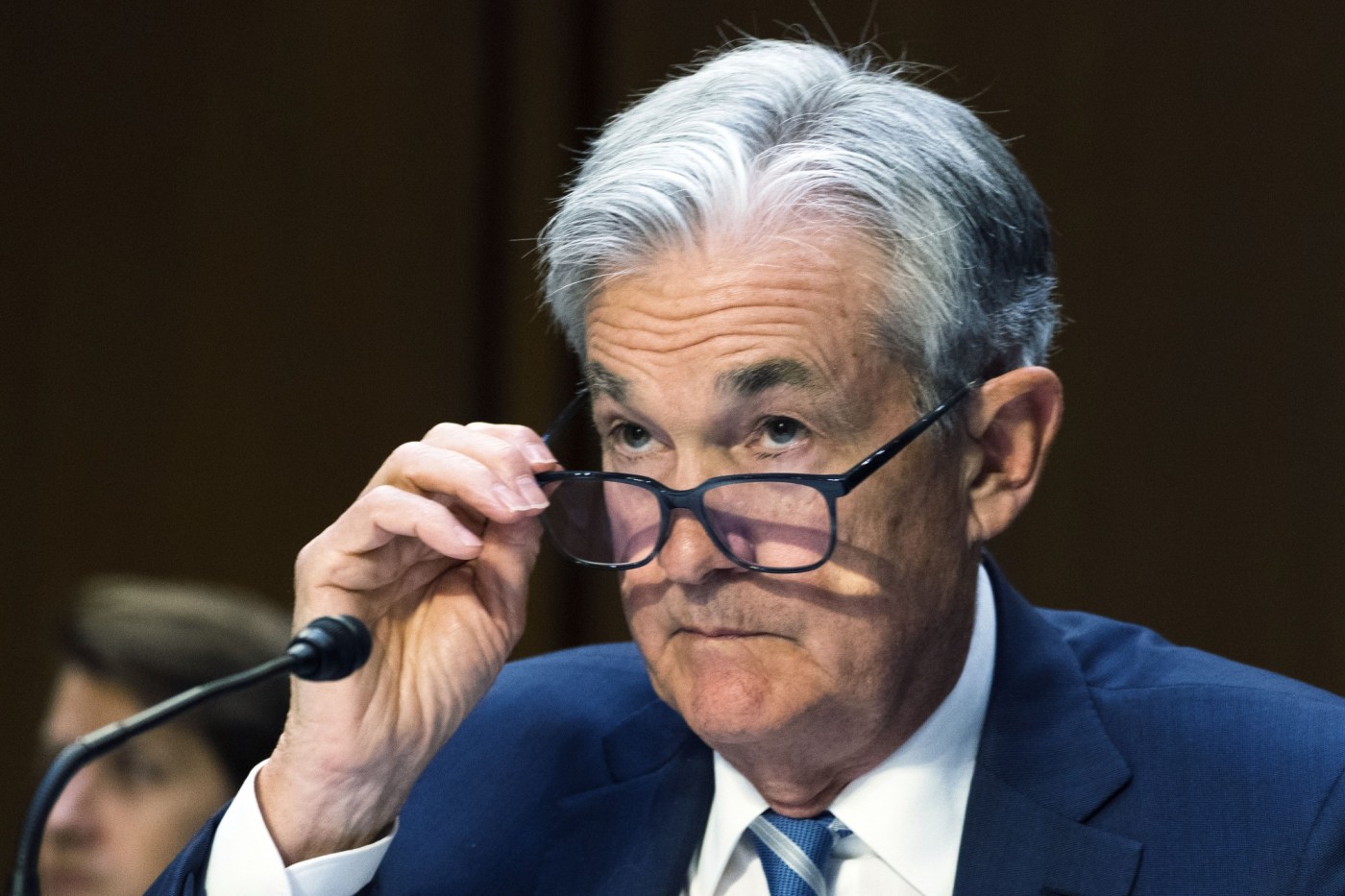Kamala Harris was recently asked to respond to Donald Trump’s suggestion that the president should have a say in the Federal Reserve’s interest rate decisions. She was vehemently opposed, saying, “The Fed is an independent entity, and as president, I would never interfere in the decisions that the Fed makes.”
Fed independence isn’t an issue that resonates with voters; most people probably don’t even understand the distinction between monetary and fiscal policy. But the likelihood that Trump, if he wins, will politicize the Fed looms large in the minds of those who analyze such things. It’s one reason economists surveyed by The Wall Street Journal in July said that inflation would be higher under a second Trump term than under Biden, a conclusion that presumably would carry over to Harris.
But why should the Fed be independent? The Federal Reserve’s legal status is complicated, but there’s no fundamental constitutional principle saying that elected officials must keep their hands off the money supply. Historically, central banks like the Fed have often been treated like ordinary government agencies, and not only under autocratic regimes. For example, the Bank of England was effectively just part of Britain’s Treasury Department until 1997, when it was given operational independence.
A Venezuela scenario
At this point, however, most wealthy nations and many with emerging economies have independent central banks and make a point of appointing relatively nonpartisan experts to run them. But why? Why take this particular piece of policy out of the hands of elected officials?
One answer is that you don’t want a Venezuela scenario, in which an irresponsible government relies on the printing press to pay its bills, which can lead to hyperinflation. And don’t say that it can’t happen here; many things we used to consider unthinkable in America are quite thinkable these days.
But even if you leave such extreme scenarios aside, the crucial thing about monetary policy is that of all the levers governments have to affect the economy, it’s the easiest to use — and hence to abuse. And political leaders have found that, as a pragmatic matter, tying their own hands by placing control of the money supply in the hands of quasi-independent technocrats is the best way to protect themselves from temptation.
How does monetary policy work? Normally the Fed buys and sells government debt, which gives it huge power over short-term interest rates like the federal funds rate, the rate banks charge one another when lending money overnight. Changes in short-term rates, in turn, normally percolate through to longer-term rates like mortgage interest rates, which strongly affect the real economy.
Where does the Fed get the money it uses to buy government securities? It conjures it out of thin air: A bank, say, sells some Treasury bills and is credited with funds in an account it keeps at the Fed.
This can all sound mysterious, even mystical. But the impact of open market operations can be huge. Consider the early 1980s. The Fed tightened policy to fight inflation, plunging America into a deep recession, then reversed course in mid-1982 — and a few months later it was morning in America.
Crucially, policy moves like these — unlike, say, changes in taxes and spending — don’t require getting bills through Congress, with all the delays and choke points the legislative process involves. All it takes is a vote by the Fed’s open market committee in Washington, which sends instructions to the open-market desk in New York, and stuff happens.
This speed and simplicity explain why monetary policy, rather than fiscal policy, is how we usually fight recessions and try to contain inflation. But the ease with which monetary policy can be changed can tempt politicians into acting irresponsibly. Why not, for example, drive interest rates down when an election is looming? The economy may eventually pay a price in the form of higher inflation, but you can deal with that later.
In fact, that seems to be exactly what happened in 1971 and ’72, when President Richard Nixon pressured Arthur Burns, the Federal Reserve chair, to pursue expansionary monetary policy in the run-up to the 1972 election. Burns’ actions might have helped usher in the era of stagflation that followed. This experience probably informed a classic 1975 paper by William Nordhaus, “The Political Business Cycle,” on how pre-electoral manipulation of monetary policy can lead to economic instability.
‘The chaperone’
A slightly different but related problem is that sometimes central banks need to do unpopular things. In the 1950s, one Fed chair described his institution’s role as that of “the chaperone who has ordered the punch bowl removed just when the party was really warming up.” But that actually understates how unpleasant the Fed’s role sometimes has to be.
Related Articles
Krugman: Keep Sahm and carry on if recession rule is triggered
None of this means that the Fed is always right or that it should be immune from criticism. While Fed officials may have some inside information about financial markets, for the most part, they operate off the same data on inflation, unemployment and so on that’s available to the rest of us. So it’s perfectly reasonable for independent analysts to challenge the Fed’s decisions; in fact, I believe that the Fed has waited too long to cut interest rates. It’s even fine for members of Congress like Sen. Elizabeth Warren, D-Mass., to criticize the Fed and call for policy changes.
And it’s possible to envisage situations in which even the executive branch should weigh in on monetary policy. You can, for example, imagine a rogue Fed chair, appointed by a president from the other party, engaging in what amounts to economic sabotage. Again, don’t say that it couldn’t happen here.
Normally, however, presidents and their officials should stay quiet about monetary policy, even when they think it’s off base. What we’ve just seen is that Harris said she would exercise that kind of self-restraint. Trump, not so much — or, actually, not at all.
Paul Krugman is a New York Times columnist.












